Electron
New Large Area EDS Detector for Transmission Electron Microscopy
Aug 03 2011
Bruker introduces the XFlash® 5060 T, the latest addition to the XFlash® family of detectors for X-ray micro- and nanoanalysis (EDS) in electron microscopy. The XFlash® 5060 T is one of two detectors available for use on (scanning) transmission electron microscopes. Providing 60 mm² active area, it guarantees optimum solid angle for the analysis at low beam currents and of samples with low X-ray yield. The slender detector end cap and microscope-specific collimator design allow shortest detector-sample distances and provide a high take-off angle without requiring sample tilt.
Compared to Si(Li) detectors, still commonly used for EDS on TEM, the XFlash® 5060 T exhibits superior speed and drastically lower dead times, providing significant advantages in collection efficiency, even in low count rate situations. Additionally, the XFlash® 5060 T can operate with good energy resolution at count rates far beyond what any Si(Li) or even competing SDD can handle on TEM. The detector is fully operational at input count rates of up to 750,000 cps, a big advantage for low-mag high count rate STEM mapping. Also, there is no danger of “locking up” the spectrometer for minutes when hitting a support grid.
The superb sensitivity of the XFlash® 5060 T allows detection of high energy radiation. In combination with high-end signal processing electronics and sophisticated software, reliable quantitative analysis of element peaks at 40 kV and above is possible. Bruker‘s many years of experience in SDD and signal processing electronics design, have led to the outstanding energy resolution of the XFlash® 5060 T at only moderate cooling temperatures. A version with 127 eV at Mn Kï¡ is available, providing 54 eV carbon Kï¡ and 64 eV fluorine Kï¡ resolution. This enables reliable and efficient light element analysis of elements down to boron.
The XFlash® 5060 T, including electronics, is designed to cause minimum interference with all compatible transmission electron microscopes, conventional or aberration-corrected. Light-weight and with passive cooling, this detector causes minimal strain on the column and introduces no vibrations. The low temperature gradient provides stable measurement conditions and the completely non-magnetic detector head minimizes beam shift, when moving the detector in or out during TEM operation.
Digital Edition
ILM 49.5 July
July 2024
Chromatography Articles - Understanding PFAS: Analysis and Implications Mass Spectrometry & Spectroscopy Articles - MS detection of Alzheimer’s blood-based biomarkers LIMS - Essent...
View all digital editions
Events
Jul 28 2024 San Diego, CA USA
Jul 30 2024 Jakarta, Indonesia
Jul 31 2024 Chengdu, China
ACS National Meeting - Fall 2024
Aug 18 2024 Denver, CO, USA
Aug 25 2024 Copenhagen, Denmark
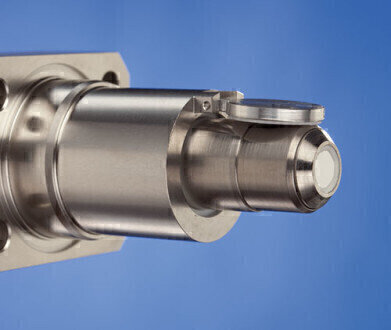

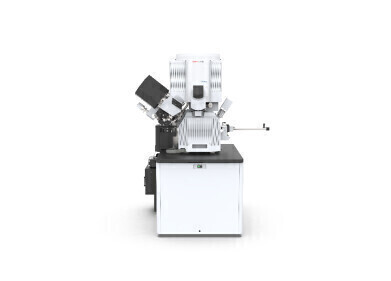
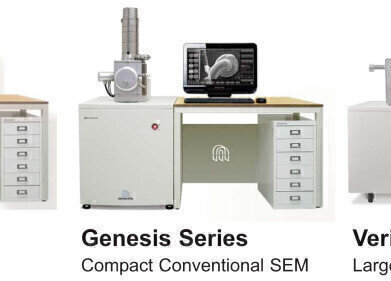
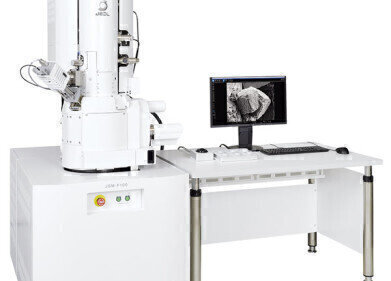
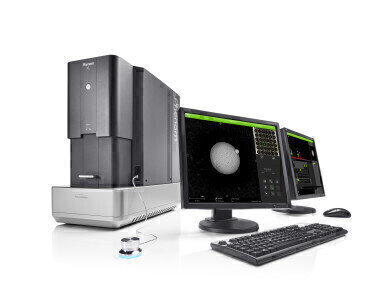
24_06.jpg)













